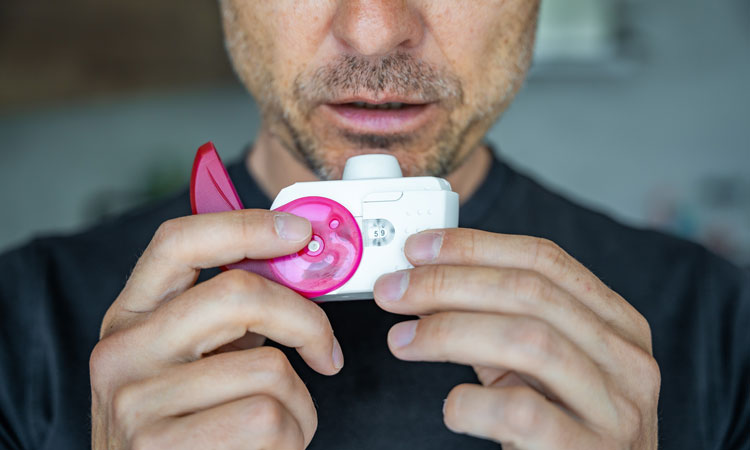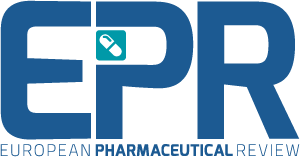Key trends and technologies in drug delivery for 2025 and beyond
Posted: 5 May 2025 | Ian Betteridge (RPL) | No comments yet
This article delves into the key trends shaping drug delivery amid a surge of innovation, including advanced delivery systems and sustainability, and offers an outlook for the future of the sector.


Drug delivery technology is undergoing rapid innovation worldwide. Pharmaceutical manufacturers are adopting advanced delivery platforms to improve drug efficacy and patient compliance, while scaling production for global distribution. In fact, industry analysis shows drug delivery innovation is at an all-time high globally. From nanotechnology-based carriers to smart inhalation devices, these developments are reshaping how therapies are manufactured and administered.
Nanotechnology-enabled drug delivery
Nanotechnology has become a cornerstone of modern drug delivery. Nanoscale carriers, such as liposomes, micelles and polymeric nanoparticles, can deliver drugs to targeted tissues or cells, increasing precision and reducing side effects. From a manufacturing standpoint, scaling up nanomedicine production has been challenging, but new techniques now enable reproducible, large-scale nanoparticle formulation. For example, microfluidic mixing platforms allow fine control of particle size and drug encapsulation, offering a seamless path to scaling up production for lipid nanoparticles. These advances mean nanomedicine therapies can be produced in high volumes without compromising quality.
Biologics and large-molecule delivery
The rise of biologic therapies (monoclonal antibodies, peptides and RNA-based drugs) is driving demand for specialised delivery methods. These large molecules often require injection or infusion, prompting manufacturers to develop advanced devices for patient-friendly administration. A notable trend is the development of injection devices capable of high-volume, high-viscosity delivery, including wearable pumps that enable subcutaneous dosing of biologics once limited to IV infusions. This surge in biologics has also stretched manufacturing capacity. In 2024, demand even saturated fill-finish production.
Advanced controlled-release systems
Advanced controlled-release systems, from long-acting injectables to implantable drug depots, maintain drug levels over extended periods (weeks or months), improving patient adherence and outcomes. These technologies reduce dosing frequency for chronic conditions, ensuring consistent treatment with minimal patient intervention. Manufacturing these long-acting formulations is complex, so industry teams are developing next-generation processes to make production reliable and scalable. With these advances, manufacturers can bring new controlled-release therapies to market that boost patient compliance and simplify treatment regimens.
Inhalation delivery innovations
Inhalation drug delivery is now benefitting from major technological upgrades. Next-generation inhaler designs (eg, advanced dry-powder and soft-mist inhalers) achieve more precise lung drug deposition and fewer systemic side effects. Concurrently, a wave of smart inhalers with digital connectivity is emerging.
Next-generation inhaler designs (eg, advanced dry-powder and soft-mist inhalers) achieve more precise lung drug deposition and fewer systemic side effects
According to a study by IDE Group,1 by the end of 2025, an estimated 75 percent of respiratory devices may have intelligent features – monitoring dose usage and patient technique via sensors and wireless links. Incorporating electronics into inhaler production is a new challenge that device makers are embracing to improve adherence and collect real-world usage data. Regulators in many regions are also pushing for user-friendly, eco-friendly inhalers (eg, greener propellants and reusable components), reflecting a global drive for inhalation devices that are both effective and sustainable.
Transdermal patches and microneedles
Transdermal delivery continues to evolve as a convenient, non-invasive option. Traditional skin patches for pain, hormonal therapy and nicotine cessation are widely used, providing steady drug release over hours or days. Now, microneedle patches are poised to become the next-generation transdermal system, enabling delivery of larger molecules through the skin. These patches use arrays of microscopic needles to painlessly deposit drugs and are widely seen as a future alternative to many injections and oral doses. Teams around the world are refining microneedle manufacturing to achieve consistent quality at scale. The goal is to bring needle-free patch products to market that improve patient comfort and treatment accessibility.
These trends underscore the global nature of drug delivery innovation, as manufacturers across North America, Europe and Asia invest in advanced manufacturing for novel delivery systems. By leveraging new technologies, from nanoformulations to smart devices, the industry is poised to improve therapeutic outcomes and streamline treatment regimens, ultimately benefitting patients worldwide.
Meet the author
Ian Betteridge is Head of Content for European Pharmaceutical Review.
Reference
1. Montero F. Future Trends in Respiratory Care Manufacturing [Internet]. IDE Group. 2025. Available from: https://ide.group/2025/01/the-future-of-respiratory-care-trends-and-predictions-for-device-manufacturers/
Issue
Related topics
Drug Delivery Systems, Nano-medicine, Respiratory Drug Delivery (RDD), Technology









